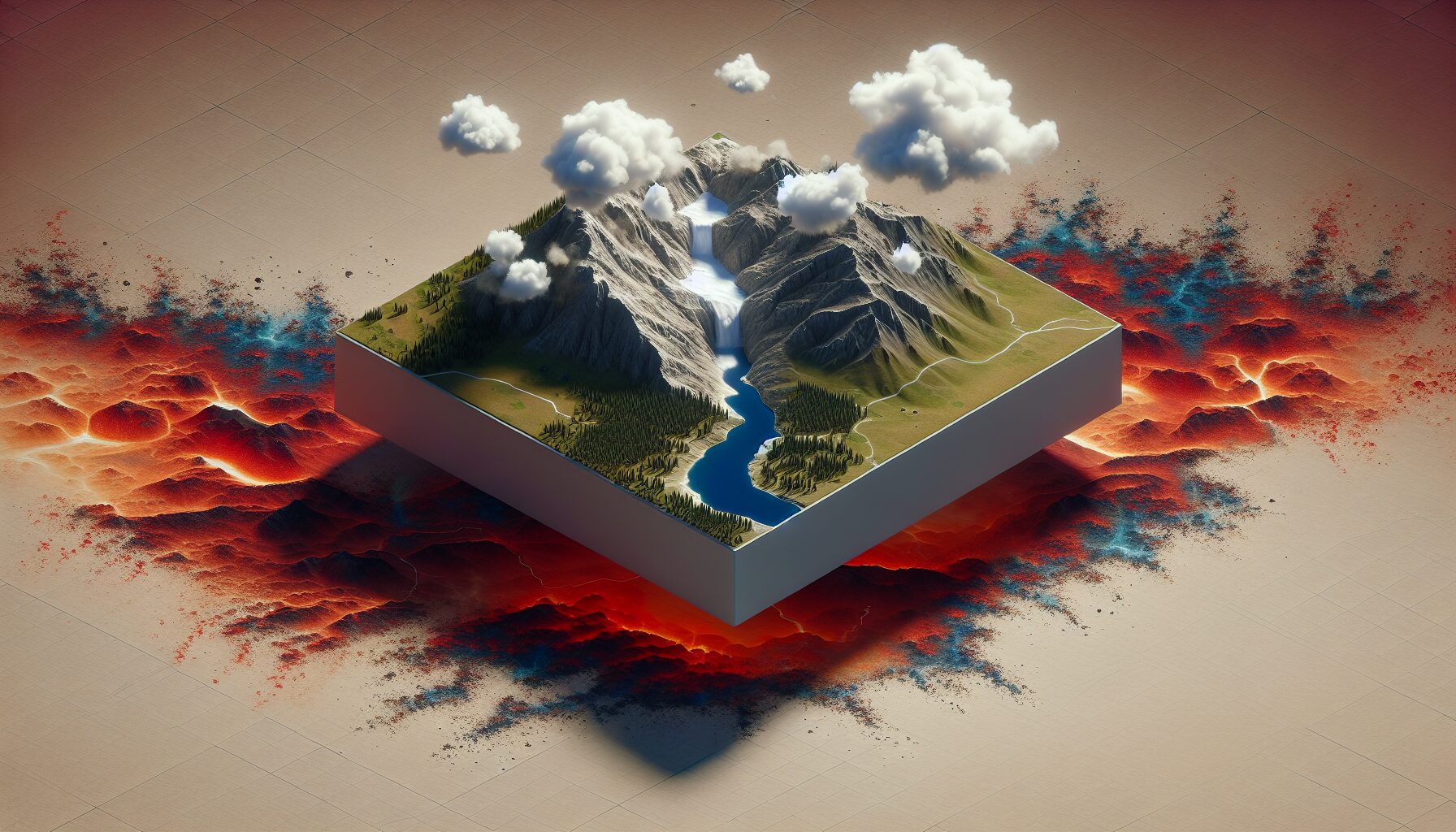High-control groups, often referred to as cults, exhibit characteristics that make them distinctly different from mainstream organizations. These groups, which span various domains—from religious sects to political movements—share certain unspoken rules that govern their operation and influence on members. These “hidden laws” operate beneath the surface, subtly controlling and influencing the behavior and thoughts of group members.
Understanding High-Control Groups
Before delving into the specifics of these unspoken rules, it is essential to understand what constitutes a high-control group. Such groups are characterized by:
- Authoritarian Leadership: A centralized authority figure who demands unwavering loyalty.
- Isolation: Segregating members from outside influences to reinforce group ideologies.
- Control Over Information: Restricting access to external information to avoid contradictory viewpoints.
- Excessive Demands: Placing significant demands on members’ time and resources.
The Power of Unspoken Rules
High-control groups meticulously weave unspoken rules into their fabric, often without the overt knowledge of their members. These rules shape the group’s culture and the members’ psyche, governing every aspect of their lives within the group. Here are some common unspoken rules that dictate the functioning of high-control groups:
Rule #1: Us vs. Them Mentality
High-control groups often cultivate a dichotomy between the in-group and the out-group. This “us vs. them” mentality reinforces loyalty and creates an identity around group membership (Zimbardo, 2007). It breeds a sense of exclusivity and superiority, making members feel part of a special collective that is misunderstood or even persecuted by outsiders.
“In conditions of extreme uncertainty, people are prone to latch onto groups that offer certainty and identity.” – Philip Zimbardo
Rule #2: The Cult of Personality
Leaders of high-control groups are often elevated to a god-like status in the eyes of their followers. This transcends mere admiration; it demands unquestioning allegiance. The leader’s image is meticulously crafted, with any dissent being harshly punished. In essence, the leader becomes the embodiment of the group’s ideology and practice.
Rule #3: Absolute Conformity
Uniformity in thoughts, actions, and appearances is often an expected norm. Members are subtly coerced into adopting group-specific jargon, attire, and behaviors, creating a homogenized identity. B. Margaret Singer, a notable psychologist and researcher, points out that such measures are often designed to suppress individualism and critical thinking (Singer, 2003).
“Cults… strip away a person’s individuality and promote total dependency on the group.” – Margaret Singer
Rule #4: Information Control
Control over information is central to the operations of high-control groups. Members are discouraged from seeking information outside the group’s approved sources. This rule reinforces the group’s narrative and insulates members from external, potentially contradictory, perspectives. Such control ranges from censorship to outright propaganda.
Rule #5: Emotional Manipulation
High-control groups often employ emotional manipulation to maintain control. This includes deploying guilt, fear, and shame to compel members into compliance—often under the guise of care or concern. Psychologist Robert J. Lifton, in his analysis of thought reform, highlights how these groups exploit fundamental human emotions to ensure compliance and loyalty (Lifton, 1989).
“Emotionally manipulative leaders can effectively keep their members under control, making it difficult for them to leave even when cognitive dissonances arise.” – Robert J. Lifton
The Psychological Impact on Members
These concealed rules invariably take a toll on the mental and emotional wellbeing of members. The constant pressure to conform, coupled with information control and emotional manipulation, can lead to various psychological challenges such as anxiety, depression, and PTSD. Members often find themselves in a perpetual state of cognitive dissonance, torn between personal beliefs and group doctrines.
Recognizing and Addressing High-Control Group Influence
Awareness is the first step towards addressing the influence of high-control groups. Understanding these hidden laws allows individuals and society to identify early signs of coercive control. Moreover, open dialogue and education about these groups can empower individuals, providing them with the knowledge to resist manipulation.
Conclusion: Breaking the Chains
High-control groups are a fascinating yet concerning aspect of human social dynamics. By understanding the unspoken rules that govern these groups, we can better protect ourselves and others from manipulation and control. As society becomes more aware of these hidden laws, there is hope that individuals will find the strength to question, challenge, and ultimately break free from the chains of coercive power.
Promoting critical thinking and emotional resilience can serve as antidotes to the control exerted by such groups. As Robert J. Lifton poignantly notes, the capacity for personal autonomy prevails when individuals remain vigilant and informed.


